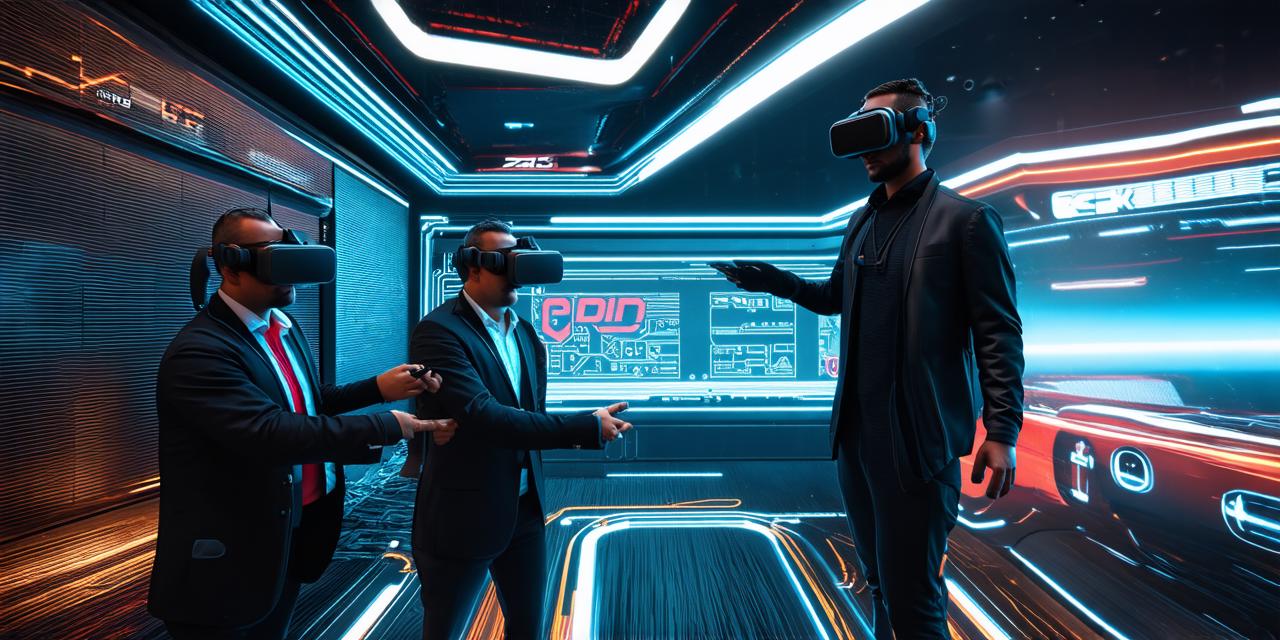
Who is responsible for VR?
Virtual Reality (VR) has gained immense popularity over the last few years, with its potential applications ranging from entertainment to education, healthcare, and beyond. As this technology continues to evolve, it is important to understand who is responsible for VR and its various aspects. In this article, we will explore the different parties involved in the development, distribution, and use of VR and discuss their respective responsibilities.
Table of Contents
ToggleDevelopment
The first step in creating a VR experience is its development. This process involves designing the environment, characters, and interactions that will be experienced by the user. The responsibility for VR development typically falls on the shoulders of game developers or software engineers, who work together to create immersive experiences that engage and delight users.

In addition to these professionals, hardware manufacturers also play a role in VR development. They are responsible for designing and producing the VR devices that users will use to experience the virtual environment. This includes everything from the VR headset to the controllers and sensors that track movement.
Distribution
Once a VR experience has been developed, it must be distributed to reach its intended audience. This typically involves partnerships with video game publishers or content distribution platforms, which make the VR experience available for purchase or rental.
In some cases, VR experiences may also be made available through subscription services or as part of a larger package of content. The responsibility for VR distribution falls on the shoulders of these companies, who must ensure that the experience is accessible and easy to use for all users.
Use
Finally, it is up to the user to actually use the VR experience. While developers and distributors play important roles in creating and making the experience available, it is ultimately up to the individual user to decide whether or not they want to engage with the technology.
Users must also be responsible for using VR in a safe and ethical manner. This includes following safety guidelines when using the device and being mindful of how their actions may impact others. In addition, users should be aware of the potential risks associated with prolonged use of VR, such as motion sickness or eye strain.
Conclusion
In conclusion, the responsibility for VR is distributed among developers, distributors, and users. Each party plays a critical role in creating, making available, and using this exciting technology. As VR continues to evolve, it will be important for all parties involved to work together to ensure that the technology is used safely, ethically, and responsibly.

